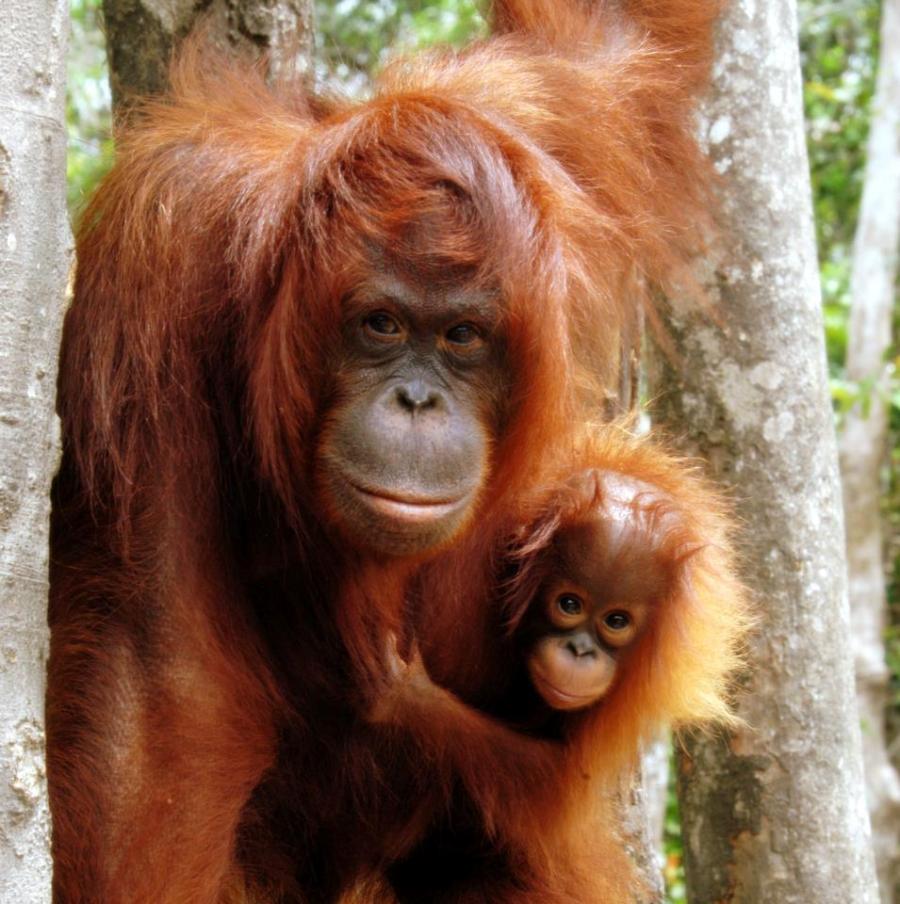Frequently Asked Questions (FAQs)
What are the uses of palm oil?
Palm oil can be used in a large variety of products, including: 
- Baked goods (bread, pastries etc)
- Confectionery (lollies, spreads, chocolate etc)
- Body products (soaps, shampoos, conditioners etc)
- Cosmetics (make-up, facial creams etc)
- Cleaning agents (kitchen/bathroom sprays, detergents, air fresheners etc)
- Fuel (bio-fuel)
- Printer ink
- Paint
What is palm oil comprised of?
Palm oil contains 50% saturated fat, 44% palmitic acid, 5% stearic acid and 39% oleic acid (monounsaturates) and 10% linoleic acid (polyunsaturates).
Can palm oil be found in biofuel?
Yes - palm oil can be, and is, found in biofuel all over the world. In fact in some countries it is mandatory for a certain percentage of all fuel to contain palm oil. Biofuel is one of the biggest contributors to the palm oil industry.
Is “palm oil” the same as “palm sugar”?
No, palm palm is not the same as palm sugar. They are produced from two completely different palm species. In fact, while palm oil replaces large areas of rainforest and contributes to global warming, palm sugar is doing quite the opposite - being used in projects to provide alternative employment for local communities, without removing the forest (sugar sugar palms cannot be grown in monocultures/plantations, but instead, amongst the native trees). To put it simply - there is no reason to avoid palm sugar.
Is all palm oil produced in Indonesia and Malaysia?
Palm oil can be grown in nearly any tropical, high-rainfall region of the world. However approximately 90% of palm oil produced annually comes from Indonesia and Malaysia. The majority of the last 10% is exported from Brazil, Western Africa and Papua New-Guinea (Indonesian & non-Indonesian areas), and can still be associated with rainforest destruction.
What is so important about the peatland that is cleared to make way for palm oil?
Rainforest peatland is one of the most concentrated stores of carbon in the world; they are the world's "carbon stores". Logging and burning peatland releases detrimental amounts of greenhouse gas into the atmosphere, which is why it is of vital importance to protect these peatland forests of Borneo and Sumatra.